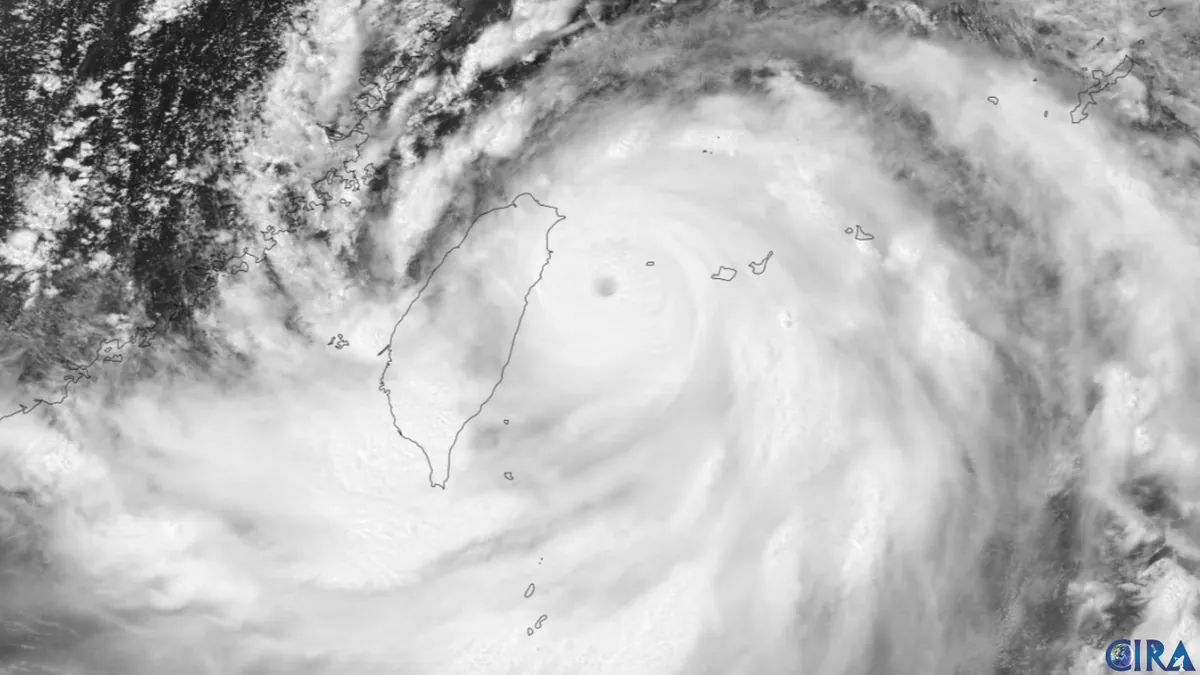Climate Change Intensifies East Asian Typhoons, Scientists Warn
Recent study reveals human-induced climate change exacerbated Typhoon Gaemi's impact in East Asia. Warmer seas fuel stronger storms, challenging regional infrastructure and emergency planning.

A recent scientific report has highlighted the significant impact of human-induced climate change on the intensity of typhoons in East Asia. The study, released by World Weather Attribution, focused on Typhoon Gaemi, which wreaked havoc across the Philippines, Taiwan, and China in July 2024.
Typhoon Gaemi left a trail of destruction, resulting in over 100 fatalities and extensive damage to infrastructure. The storm's ferocity was exemplified by wind speeds reaching 145 mph (232 kph) and rainfall exceeding 300mm (11.81 inches) in Manila within a single day. These extreme conditions led to tragic incidents, including the sinking of an oil tanker off the Philippine coast and a cargo ship near Taiwan.
Climate researchers attribute the intensification of such storms to warmer sea temperatures, which provide additional energy for tropical cyclones. According to the report, Typhoon Gaemi's wind speeds were approximately 9 mph more intense, and its rainfall was up to 14% higher due to elevated sea temperatures.

Nadia Bloemendaal, a researcher at the Royal Netherlands Meteorological Institute, explained that rising global temperatures are increasing ocean temperatures, providing more powerful fuel for tropical cyclones and intensifying their impact.
The study also revealed alarming trends for the future. Clair Barnes, a research associate at London's Grantham Institute, noted that typhoons are now 30% more likely to occur compared to the pre-industrial era. She warned that their frequency and intensity would further increase if global temperatures rise by 2 degrees Celsius (3.6 Fahrenheit).
East Asia, while accustomed to extreme weather, is facing unprecedented challenges in managing these intensifying storms. Maja Vahlberg, a climate risk consultant with the Red Cross Red Crescent Climate Centre, emphasized that even the best efforts to mitigate the impact of these events are being stretched to their limits.
It's worth noting that the Philippines experiences an average of 20 typhoons per year, while Taiwan is hit by 3-4 annually. China's typhoon season typically runs from July to September, highlighting the region's vulnerability to these powerful storms.
The intensification of typhoons due to climate change is part of a broader pattern affecting tropical cyclones worldwide. These storms, known as typhoons in the Northwest Pacific, hurricanes in the North Atlantic and Northeast Pacific, and cyclones in the South Pacific and Indian Ocean, all share the same underlying mechanisms.
As the climate crisis continues to unfold, the need for improved infrastructure, emergency response planning, and global efforts to mitigate climate change becomes increasingly urgent. The recent events in East Asia serve as a stark reminder of the tangible and devastating effects of our changing climate on communities around the world.
"With global temperatures rising, we are already witnessing an increase in these ocean temperatures, and as a result, more powerful fuel is being made available for these tropical cyclones, increasing their intensity."


































